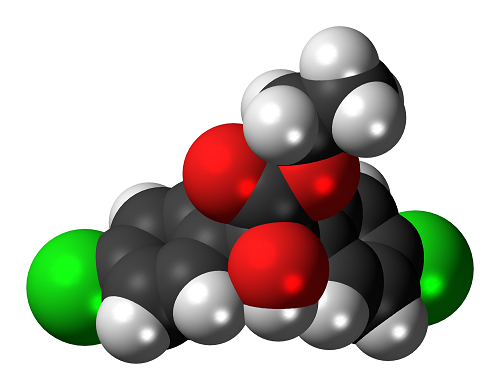Use of Bronopol
Bronopol is used as a preservative in various cosmetic, pharmaceutical, toiletry and household preparations at concentrations of up to 0.1% (wt/vol) particularly because of its high activity against G
Jan 7,2022 Chemical ReagentsSynthesis of Silicon tetrachloride
Silicon tetrachloride or tetrachlorosilane is the inorganic compound with the formula SiCl4. It is a colourless volatile liquid that fumes in air. It is used to produce high purity silicon and silica
Jan 7,2022 Inorganic chemistryMechanism of Chloroquine
Chloroquine (CQ) and hydroxychloroquine (HCQ) are synthetic 4-aminoquinolines. CQ has been used as an antimalarial drug since World War II. Later, CQ’s use expanded to include management of systemic l
Jan 7,2022 APIToxicity of Chloroprene
Chloroprene, 2-chloro-1,3-butadiene, is a colorless, volatile synthetic liquid that has a pungent ether-like odor. Synthesis of chloroprene was first reported by chemists of the E. I. du Pont de Nemou
Jan 7,2022 Organic ChemistryHarzad and toxity of Trichloroacetic acid
Trichloroacetate, or trichloroacetic acid, is a strong acid prepared by the reaction of chlorine with acetic acid in the presence of a suitable catalyst.
Jan 6,2022 Organic SolventsToxicity of Chlorobenzilate
Chlorobenzilate is an organochlorine pesticide belonging to the same class as dichlorodiphenyltrichloroethane (DDT). It was originally developed by Ciba–Geigy and introduced in 1952.
Jan 6,2022 Chemical pesticides Side effects of Ibutamoren
Ibutamoren, also called Nutrobal or MK-667, is an investigational drug most commonly used by athletes to enhance their workouts and build more stamina.
Jan 6,2022 APIAn protective bactericide---Mancozeb
Mancozeb is an excellent protective bactericide with a broad bactericidal spectrum. It is widely used to prevent and control diseases caused by a variety of oomycetes, ascomycetes, deuteromycetes and
Jan 6,2022 Pesticide IntermediatesToxicity of Mancozeb
Mancozeb has been classified as a contact fungicide with preventive activity. It inhibits enzyme activity in fungi by forming a complex with metal-containing enzymes including those that are involved
Jan 6,2022 Pesticide IntermediatesUses of Hydrogenated Castor Oil
Castor oil, once widely used as a domestic purgative, is now more restricted to hospital use for administration after food poisoning and as a preliminary to intestinal examination.
Jan 6,2022 API










